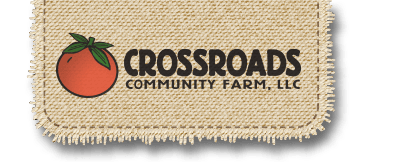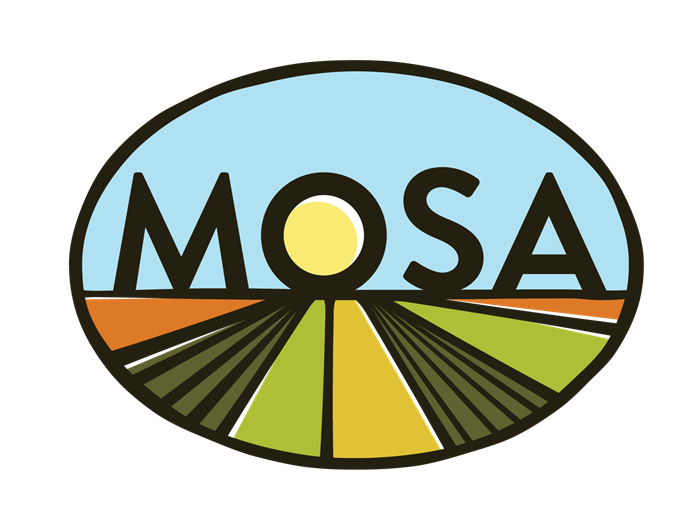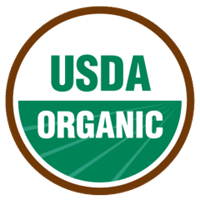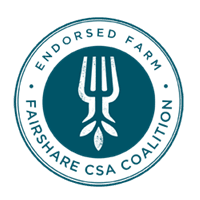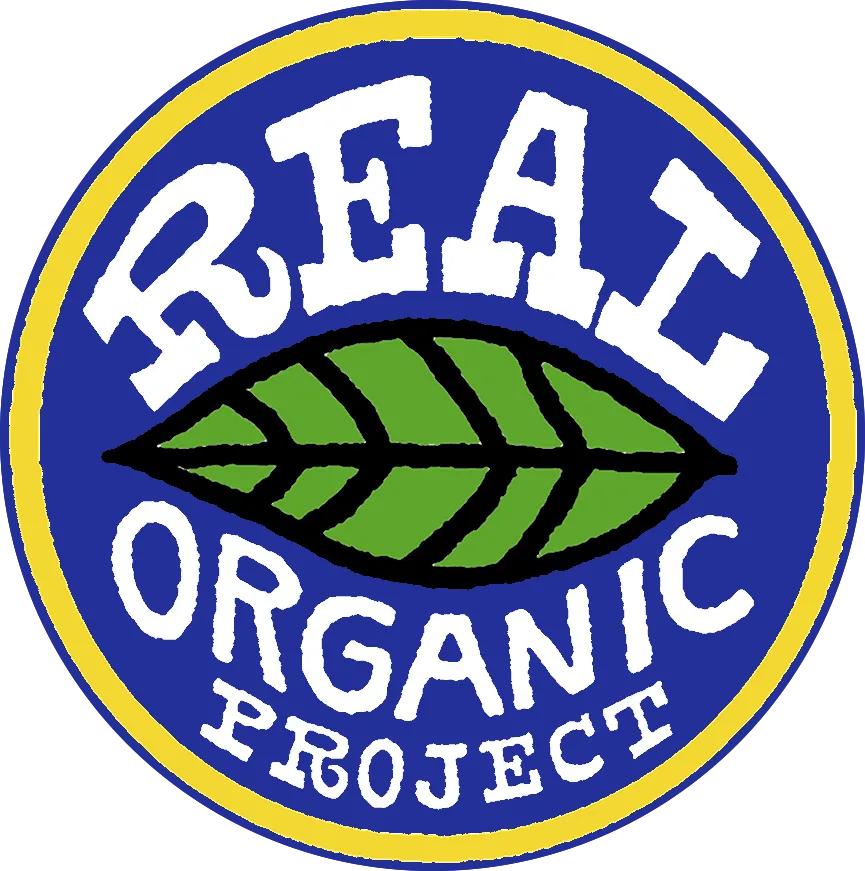Restoring Prairie – Week #14, 9/9/20
Our farmland on Klevenville-Riley Road is divided into two basic parts: a flat tillable area and a degraded hillside. From our porch we can look out across our vegetable fields and up to the hillside.
The hillside hadn’t been cropped or managed in years. The soil is highly degraded and packed full of annual and perennial weeds. For our first season of owning this land we didn’t do much but hike its perimeter with our dog.
Last winter, however, we got the idea that perhaps we could do something to better this land. Too degraded and hilly for agriculture, yes, but perfect for restoring prairie.
On a bitterly cold winter morning, we met up with Mike Healey, a fellow UW Nelson Institute graduate who owns and operates an environmental restoration company called Adaptive Restoration.
Together we walked the land, and discussed options, seed costs, grants, and timelines to restoring this 7 acre plot of land to native prairie.
At first we were committed to doing this organically. But what Mike spelled out for us, was that ironically, the long-term restoration of prairie is much more successful if some level of conventional pesticide spraying is employed.
Similar to growing food, restoring prairie is all about weed control. To try and suppress annual weeds and create the environment where perennial prairie plants can take hold, aggressive and constant weed management is necessary, especially in the first couple growing seasons.
At first, Farmer Mike and I balked at the concept of doing a restoration project non-organically. We have the equipment and know-how to do this weed suppression, and the environmental philosophy that begs for an organic approach as well.
We weren’t sure how to make a decision. In the long term, a healthy prairie is what we are looking to create. We found ourselves trying to weigh out the environmental costs of all the fuel and carbon dioxide costs of doing intensive weed suppression organically versus the environmental costs of chemicals and very few tractor passes on the land.
Then one day, Farmer Mike had an idea. Our neighbor, a dairy farmer who still does things the old way – as in he grows the corn and silage necessary to feed his own dairy herd – is always looking for more land to plant in corn. When he plants corn or soy, he does this conventionally, aka with round up pesticides. Mike wondered, what if we offered our already degraded hillside land free to our neighbor to plant a season’s crop of corn? The farmer’s tillage and pesticide applications for his corn would provide the necessary land preparation for a good prairie seeding.
You see, this farmer would do the tillage and pesticide spraying we need for free. His corn crop, grown for silage (meaning he would take not just the grain but also the greens) is crazy intense on the land. It’s not good for it – which is ironically great for restoring prairies! Prairie plants can better compete against vigorous annual weeds when the soil is degraded.
So essentially, in a nice way, we asked our farm neighbor if he would degrade our soil for us to prep the ground for a prairie restoration.
He happily agreed, pleased to have access to free crop land.
Yesterday, he and his team harvested and chopped the ten foot high plants.
Soon we will till in the remains and plant a prairie mix of 35 different species. And hopefully, in 7 years, with some luck and good management, Crossroads Community Farm will have its own restored prairie.
Cheers and enjoy your veggies!
Farmer Cassie
